
Health & Medicine
Why are women ignored by medical research?

Seventy-five per cent of modern slaves are women and girls. As consumers, we need to challenge the way we think about what we buy to help end exploitation
Published 7 March 2020
Right now, there are thought to be around 40 million people in slavery around the world.
This is more than at any other time in human history, and the majority – around 75 per cent – are women and girls.
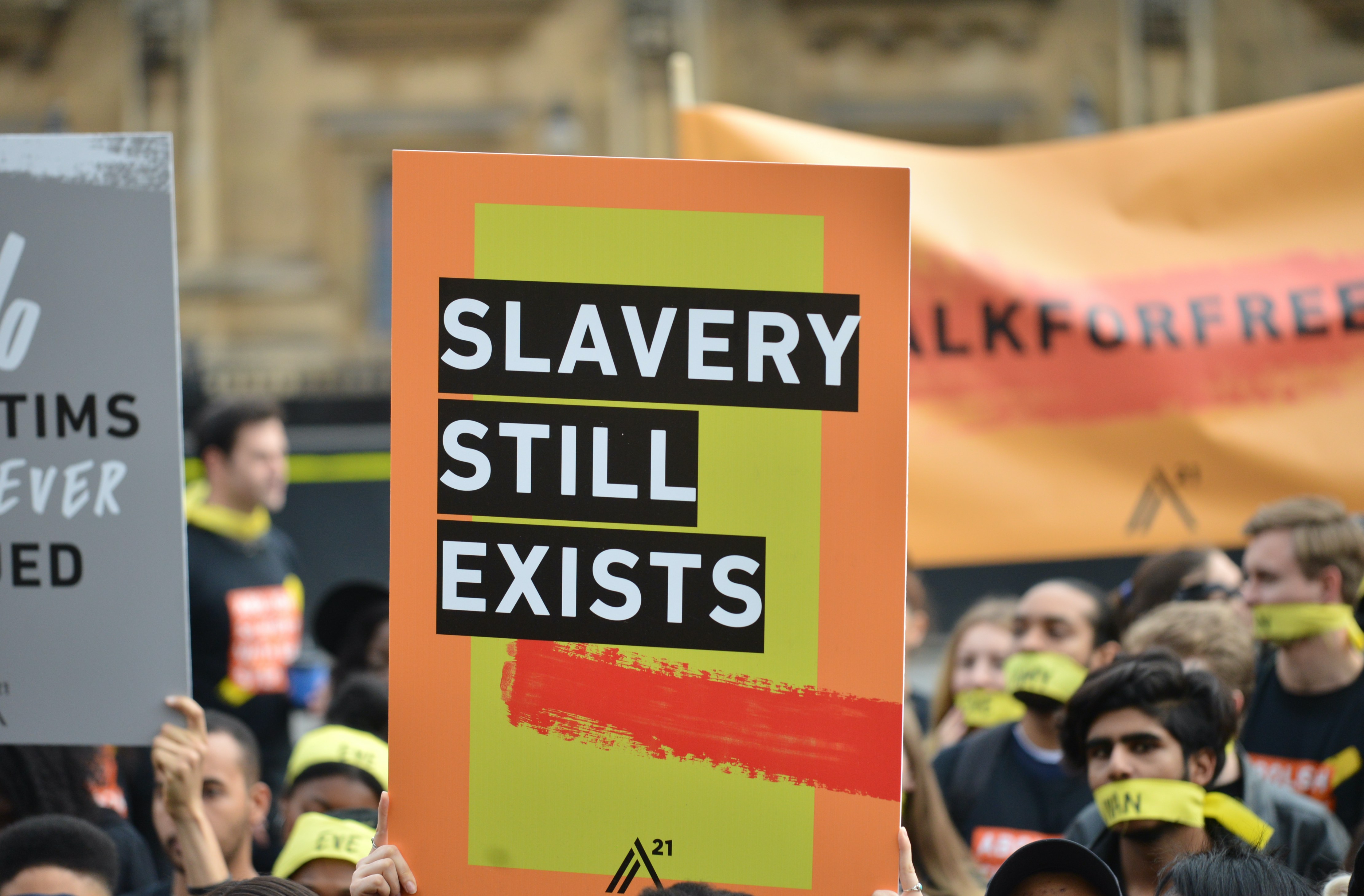
In fact, slavery in the 21st century is a major hurdle if we want to tackle global gender inequality. The same factors that cause women to hold less power in society are the same ones that make them vulnerable to enslavement.
But the products of slavery are almost unavoidable in a global economy driven by consumerism.
For example, recent University of Melbourne research found that only one brand of tinned tuna on Australian supermarket shelves can confidently say that slavery was not involved in its supply chains.

Health & Medicine
Why are women ignored by medical research?
My research – in collaboration with researchers from the UK – focuses on what consumers think, feel and do.
Many of us, as consumers, often resort to similar strategies to justify consuming products that are linked to slavery and exploitation. But if we can confront those ways of thinking, we can all play a role in ending it.
When we think of slaves we might imagine the historic Atlantic slave trade that saw millions of Africans transported to the Americas and Europe, bound in chains and forced to work in fields, farms and plantations.
While physical slavery like this still exists, there are also other forms of control, such as psychological or economic slavery.
When we talk about economic slavery, this might be a person trapped in debt and who is forced to work without wages to pay it off. In terms of psychological slavery, someone might fear for their family’s safety, leading them to work against their will.
In reality, slavery is very hard to define.

Health & Medicine
Fighting infection with curiosity
Our research found that as consumers, we define slavery as a lack of choice and a lack of voice in working conditions.
As a result of this definition, consumers often categorise children and animals as slaves because they are generally unable to speak or stand up for themselves, while failing to recognise that adults can be slaves too.
On the other hand, slavery is different to other kinds of labour exploitation, like underpayment and job insecurity in the gig economy.
And consumers often struggle to recognise these distinctions.
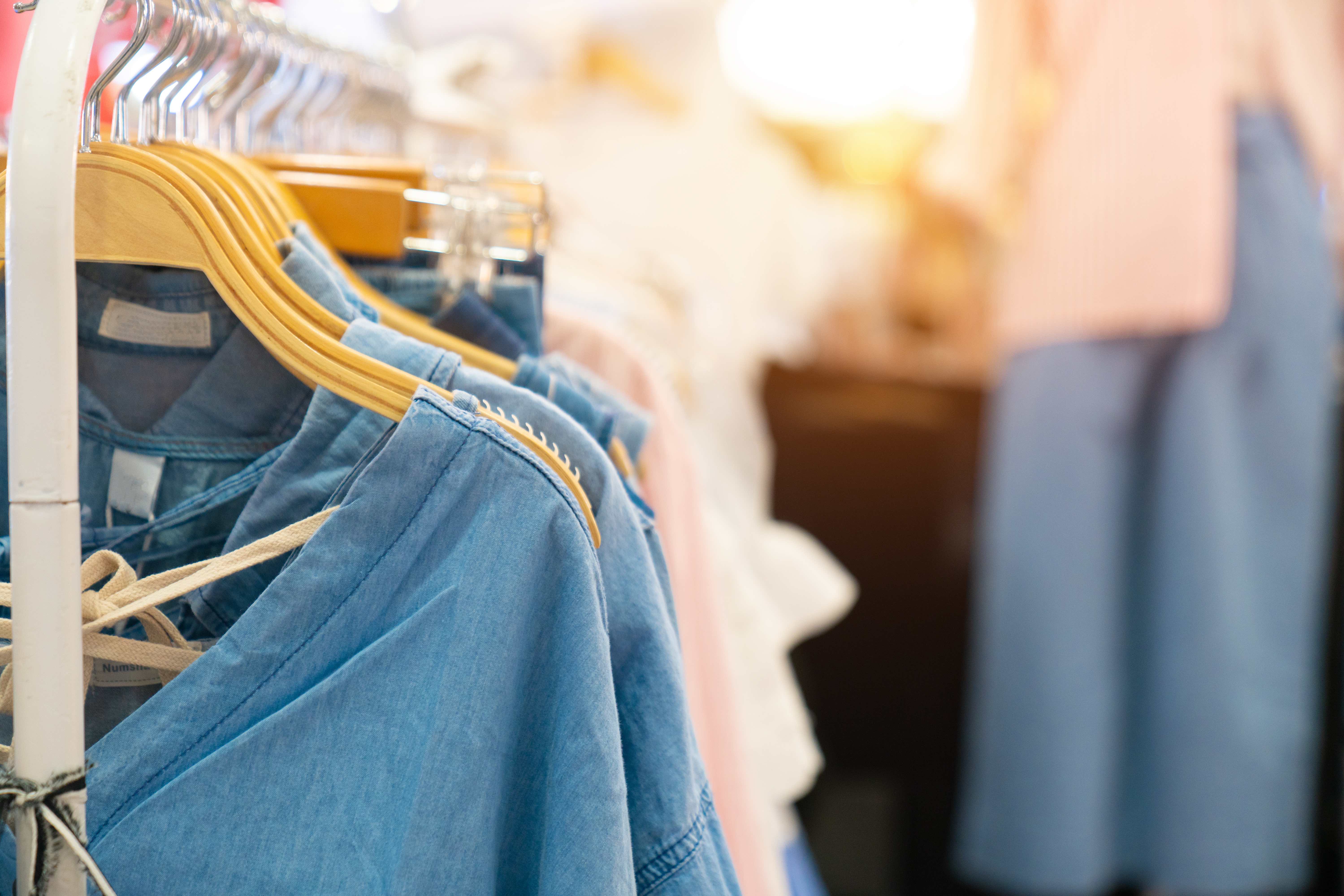
While we might imagine slavery is a problem in developing economies, people are enslaved everywhere – even here, in Australia.
In Melbourne, you don’t have to go very far to find women and girls making clothing in their dining room or in their garage.
There are slaves picking fruit and vegetables on Victorian fields.

Business & Economics
Women, age discrimination and work
Some of these women will also be confronted by severe sexual harassment.
Women are vulnerable to slavery as a result of cultural and economic factors that see them holding less power in a society or less access to education.
But it means that economic dependence is a key factor in women’s vulnerability to enslavement.
While slavery is recognised globally as a fundamental violation of human rights, it has proved difficult to stamp out.
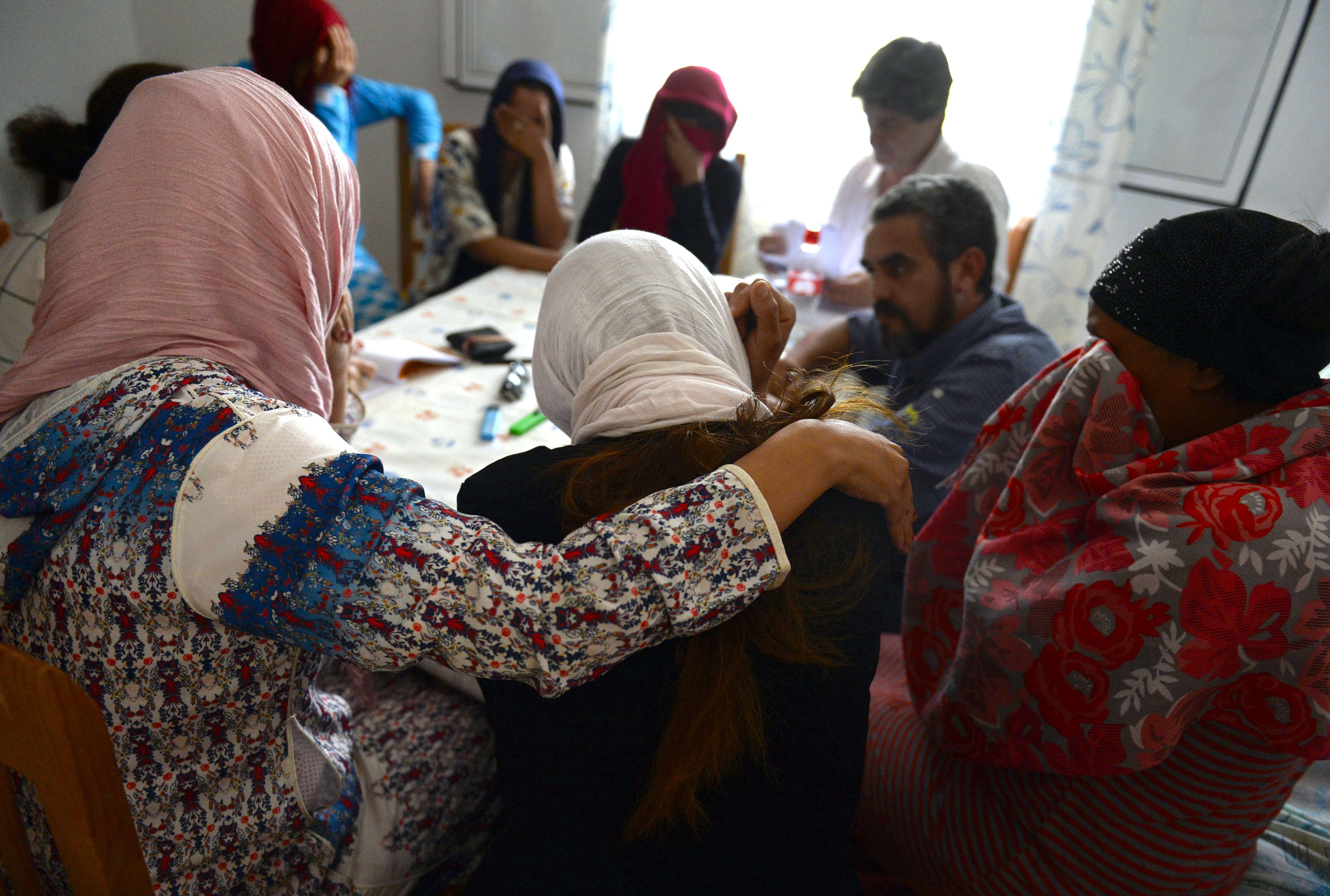
In 2015, the UK government legislated a Modern Slavery Act. Australia followed suit in 2018.
Both of these laws are designed to enforce the reporting of slavery in supply chains.
Under the UK law, one of the key stakeholders responsible for addressing slavery is us – the consumer – through reporting instances of slavery and boycotting the products of slavery.
But why do people continue to consume goods even when they know they are the product of slavery? Our research worked to answer this question.

Arts & Culture
The healing history of dance
We, as consumers, use neutralisation tactics to dissipate our sense of guilt and responsibility when it comes to what we buy. These neutralisation tactics refer to the way we think about an issue to justify or rationalise our own behaviour.
One of these tactics is moral relativity. In this scenario, a person might agree that sex slavery is unacceptable in the UK, but can then justify its existence in Thailand.
Another tactic is trivialisation. This might include statements like: “We’re all slaves. I’m a slave to my mobile phone. I’m a slave to my workplace.”
The most concerning neutralisation tactic is dehumanisation.
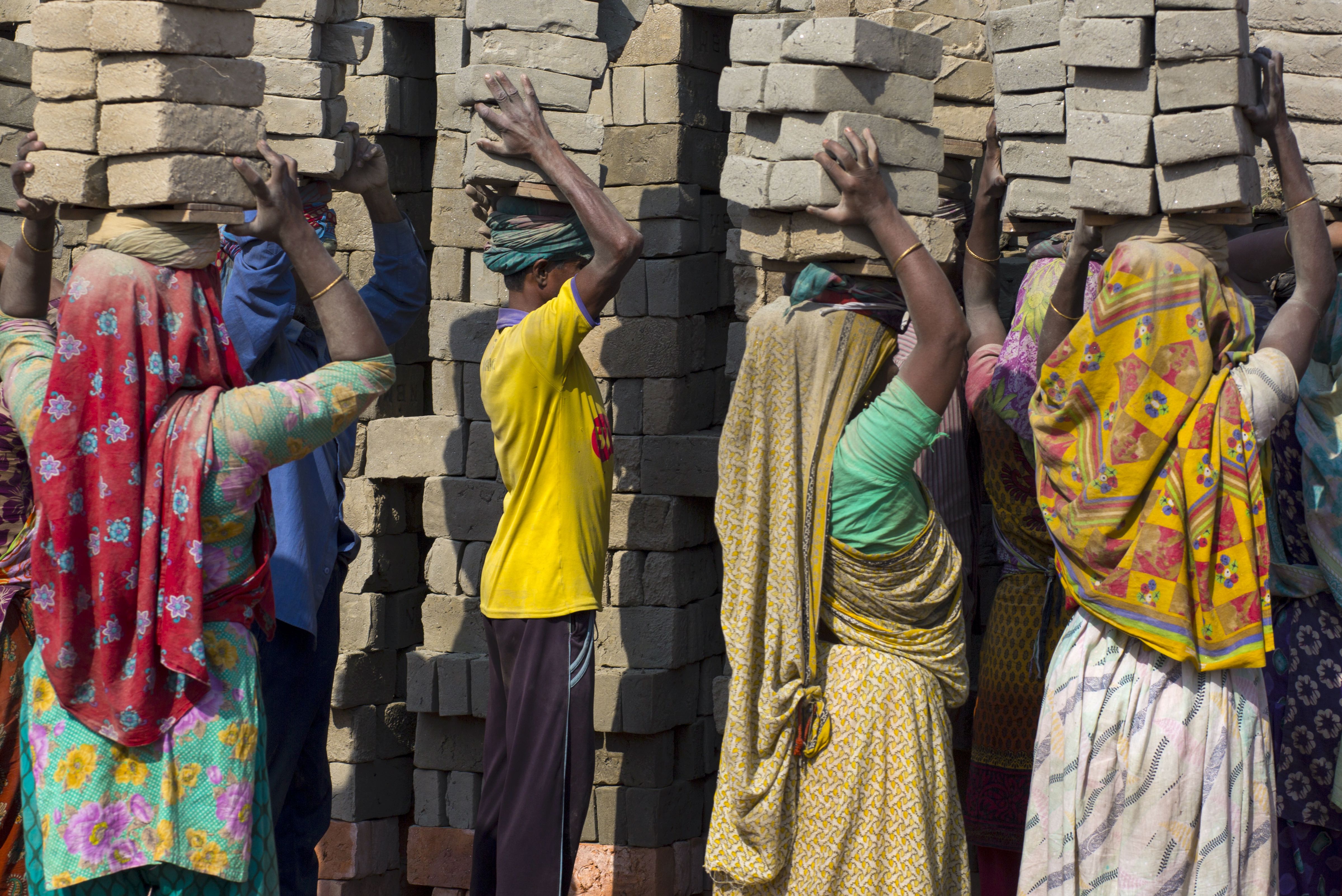
If we strip slaves of their humanity, then we don’t need to worry about their human rights.
People might say things like, “They’re there because they want to be there” or “That’s the sort of work they’re used to doing”.
But perhaps the most important, and common, tactic is telling ourselves that ending slavery is someone else’s responsibility, or it’s an issue that we can’t do anything about ourselves.
It isn’t a pleasant experience to realise that we are all complicit in markets that trade in slave labour. But there are things we can do as individuals.

Business & Economics
Tackling underpayment in cleaning supply chains
The first thing you can do is to recognise that even the little things can actually cumulatively add up to creating significant change.
The next thing you can do is do your research and take some responsibility for understanding where the products and services you’re consuming actually came from.
Consuming products and services that are manufactured locally helps because the supply chains are shorter, and it is easier to establish exactly how a product was actually made.
At the end of the day, the eradication of slavery is a multi-stakeholder issue, and consumers are just one of those stakeholders.
We also need to look at what businesses and government can do.
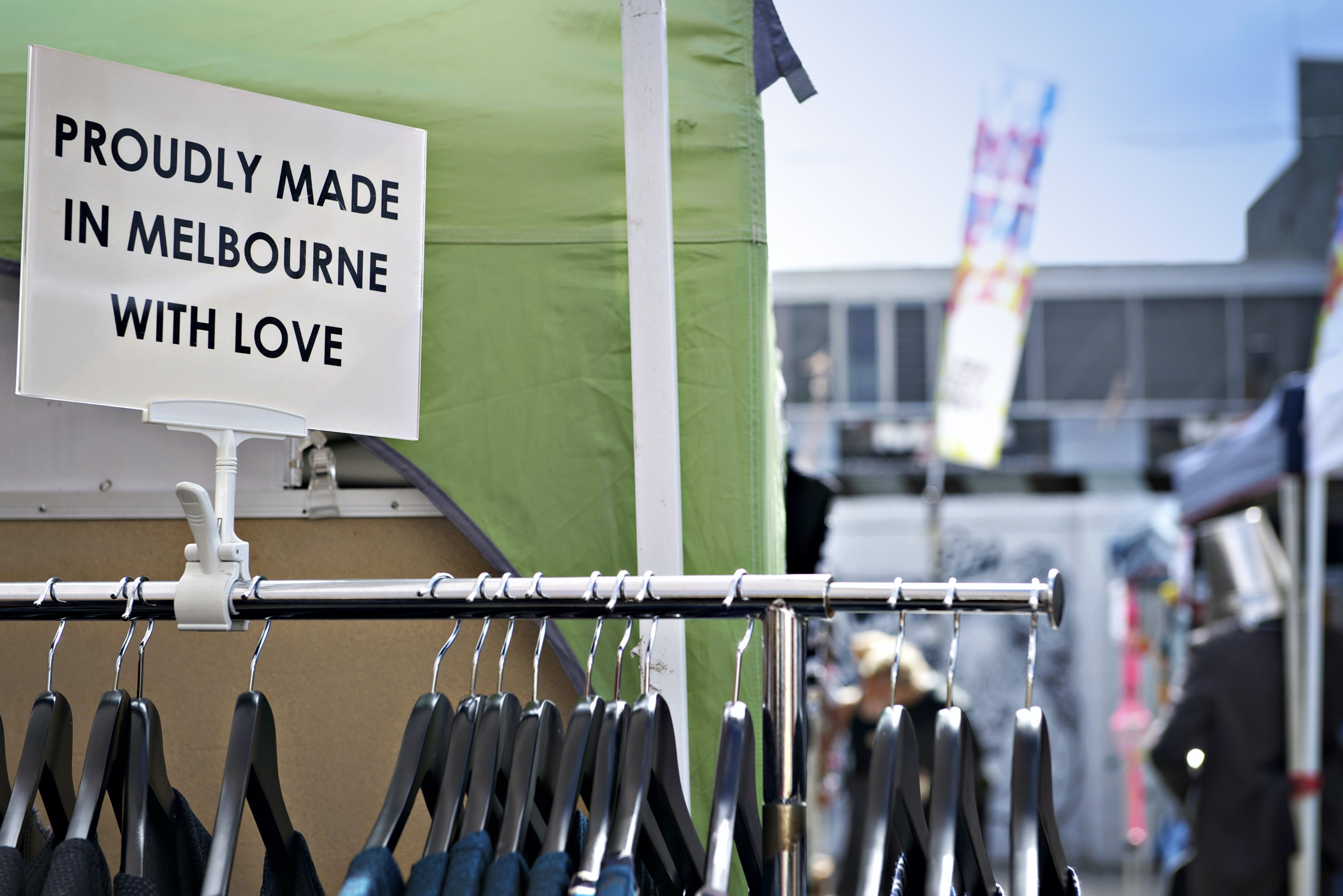
Governments and businesses both have a role to play in reducing women’s vulnerability to slavery, particularly through education – a pathway to increasing a woman’s power, voice and choice.
Governments can also help ‘nudge’ consumers away from accepting slave labour in the production of goods that they buy.
But businesses can play a crucial role in eradicating slavery through their selection of suppliers and supply chain. They must take responsibility for what is happening in the production of their products and services.
Slavery isn’t an overwhelming problem.
There is something that we can do and change often happens from the grassroots.
While it may seem impossible to avoid consuming the products of slavery, the flip side is that if we as consumers change our buying behaviour then businesses will listen.
Banner: Getty Images